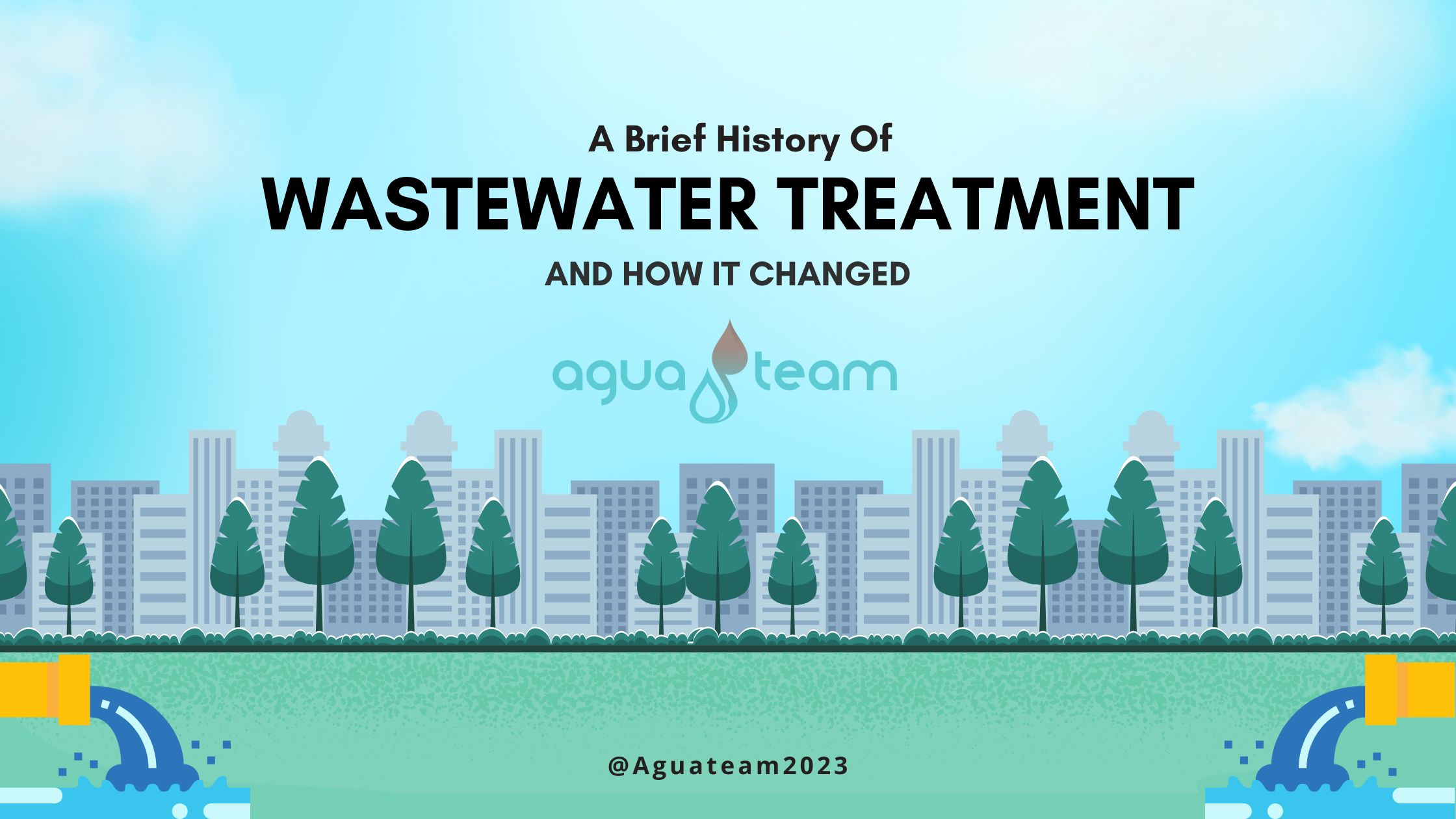
Wastewater treatment has a long and storied history. In the earliest days of civilization, wastewater was simply allowed to flow into nearby rivers, lakes, and oceans.
This led to widespread pollution and widespread health problems. It wasn’t until the 19th century that the first sewage treatment plants were built.
The first wastewater treatment plants were designed to remove solid waste from sewage. This was done by letting the sewage settle in large tanks, where the heavier solids would sink to the bottom and the lighter materials would float to the top.
The solid waste was then removed and disposed of, while the remaining liquid was released into the environment.
However, this approach was not very effective at removing other pollutants from the wastewater. In the early 20th century, new treatment technologies were developed that could remove bacteria and other harmful contaminants.
These technologies include the use of chemicals to kill bacteria, as well as the use of filters to remove solid particles.
One of the major breakthroughs in wastewater treatment came in the 1930s with the development of the activated sludge process. This process used bacteria to break down the organic matter in wastewater, resulting in cleaner water that could be safely released back into the environment.
How Wastewater Treatment Systems Have Evolved Over Time
Over the years, wastewater treatment technology has continued to evolve and improve.
Today, wastewater treatment plants use a combination of physical, chemical, and biological processes to remove a wide range of pollutants from sewage. This includes everything from solid waste and bacteria to nutrients and chemicals.
One of the biggest changes in the world of wastewater treatment has been the increased focus on sustainability and environmental protection which really began formulating in the early 1970s thanks to President Nixon.
In the past, wastewater treatment plants were primarily focused on removing pollutants in order to protect human health.
Now, there is a greater emphasis on protecting natural resources and ecosystems. This has led to the development of new technologies and approaches that can reduce the impact of wastewater treatment on the environment.
The history of wastewater treatment is a long and fascinating one. From the earliest days of civilization, when wastewater was simply allowed to flow into the environment, to today’s sophisticated treatment plants that use a combination of processes, the field has undergone many changes and innovations. These advances have helped to protect human health and the environment and will continue to do so in the future.
A Quick Look at What the Future Holds for Wastewater Treatment Systems
In conclusion, the future of wastewater treatment systems looks promising with the development of new technologies and solutions.
Agua Team is at the forefront of these innovations, providing effective water treatment solutions that address the challenges of an ever-changing world. As we continue to advance, it is important to prioritize sustainability and the efficient use of our natural resources. With the help of organizations like Agua Team, we can ensure that our water systems remain clean and healthy for future generations.

